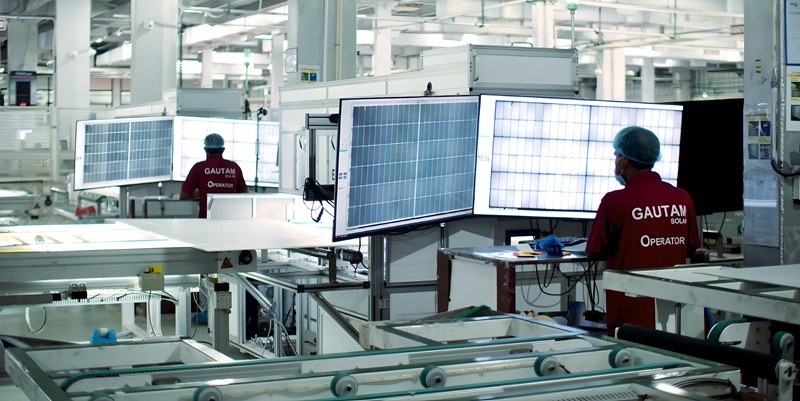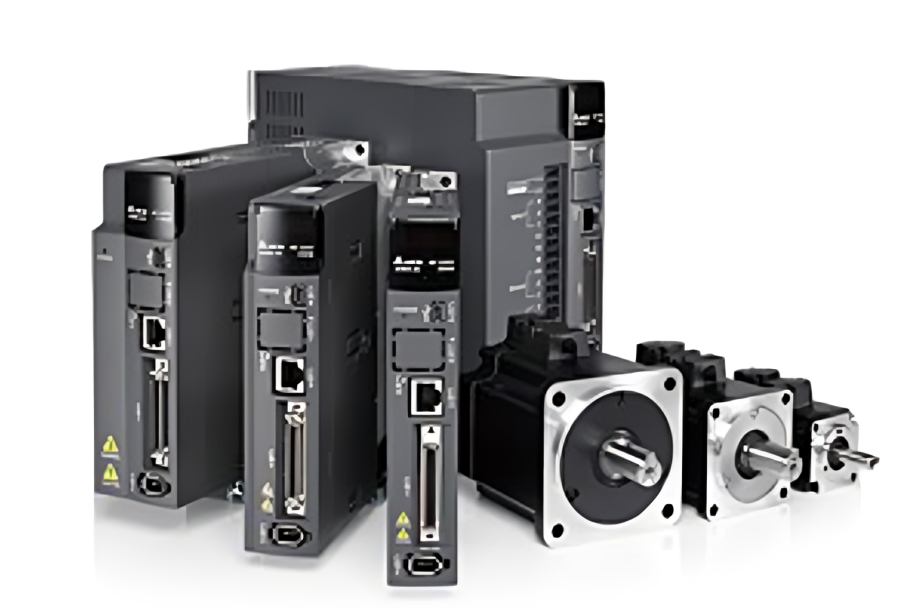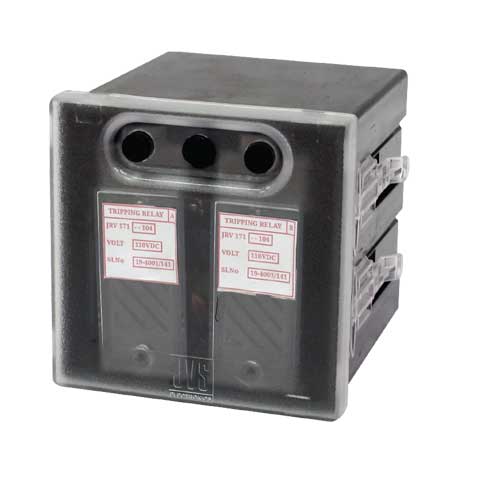Schedule a Call Back
Perfect harmony: Importance of compatibility in rotary latch sub-components
 Technical Articles
Technical Articles- May 04,16
James Stroud of Southco examines the importance of integration between the key elements of a rotary latch system commonly found on enclosures and equipment throughout many different industries, and talks through some key considerations for specifying such a complete latching system.
They say that ‘the whole is greater than the sum of its parts’ – but is that always true? In any mechanical system, the best components will only deliver optimum performance if they are designed to work together and are properly connected – and nowhere is this better exemplified than in the area of rotary latching systems.
Rotary latching systems are well established across a variety of different industries as an effective and reliable means of remotely opening interior and exterior doors, compartments, hoods and boots – combining security with push-to-close convenience. Typically, a rotary latch system comprises three main elements: the rotary latch itself, the actuator (the interface with the end user), and the cable which connects these two components. One of the most common everyday uses for a rotary system is to remotely open the bonnet of a vehicle. In this application, a mechanical lever (the actuator) is activated from the driver’s seat, which is connected (via a routed cable) to the latch (the rotary) in the bonnet. By pulling the lever, the rotary latch is triggered, allowing the bonnet to open remotely.
What ultimately governs the effective and reliable operation, maintenance requirements and end user satisfaction of the whole system is the level of compatibility between these three elements. Any compromise made in that matter will ultimately result in poor performance of the latch system. Therefore, with a multitude of options available, whenever possible, the design engineer should choose all latch elements from a proven supplier.
Latching the system
When specifying a rotary system, choosing the appropriate rotary latch is crucial, because it acts as the heart of the system. The primary deciding factor in any application should be based on the size or strength of the latch required. For example, a stronger latch may be required to open doors on a large piece of off-highway equipment, whereas a light-duty, compact latch would be better suited for opening hidden storage compartments on a luxury yacht.
Another important design consideration is choosing between single or two-stage latching. Two-stage latching for instance, is recommended if greater insurance against the possibility of ‘false’ latching is required, and prevents the possibility of a door accidentally opening or not completely closing. The best example of this feature is a vehicle door; if not completely shut, it stays latched, but a secondary effort is still required to shut the door completely.
There are a variety of latch options available that offer differing performance attributes. The choice will always to some extent be determined by whether the latch will be used on a rigid or a flexible panel; beyond that, some systems offer multiple triggering options, allowing the rotary latch to be easily configurable without having to change the overall design of the application.
Another important feature to consider when choosing a rotary latch is whether a single or double rotor is required. A majority of rotary latches are single rotor, with only one rotor engaging the striker. Double rotor latches however, tolerate misalignment and offer even greater strength than their single rotor counterparts, allowing them to withstand higher working loads. Additionally, rotary solutions are available with an integrated bumper that eliminates noise and vibration caused by normal operation by trapping the striker between a rubber bumper and rotor.
Actuating the system
As the only visible part of the mechanism, actuators serve as a ‘touch point’ or interface between end users and the latching mechanism itself. While functionality is undeniably important, the overall ‘feel’ of the actuator can create a powerful impression on end users. Depending on the needs of the application, the actuator can also provide enhanced strength and security, as well as improved industrial design.
Selecting the appropriate actuator generally depends on whether the actuation will take place on the interior or exterior of the application. For interior applications, finger pull/paddle actuators or push button actuators are most commonly used as they provide a flush surface. Economical solutions such as a simple T-handle actuator may also be chosen, which offer an equal level of direct force. With regard to material choice, a broad variety of options including plastic, zinc die cast and aluminium cast are available. Plastic will provide the economical choice, but zinc or aluminium may be preferred over plastics due to strength considerations and the perceived quality of a metal product.
For exterior actuation, additional specification considerations come into play such as the desired level of security, the need for a larger design to accommodate gloved hand actuation, and available corrosion-resistant materials. The choice of product remains broad though, ranging from flush, surface mount and push handles to push buttons. The ability to include multiple key code options is almost universally available across the range of actuators.
For enhanced access security in applications that are highly prone to theft or vandalism, such as construction equipment left overnight on a job site, an electromechanical access solution, like a key fob connected to an internal electronic actuator may be specified. The key advantage provided by electromechanical solutions is the ability to control and monitor user credentials remotely, by generating a digital record of access, which can then be used to demonstrate compliance with industry-accredited associations, such as CESAR in the United Kingdom.
Connecting the system
Once the rotary latch and actuator have been chosen, their operational effectiveness will only ever be as successful as the cable selected to connect them. Issues can occur in situations where the engineer specifies individual actuators and latches and then pieces them together without considering whether they will actually work together. To ensure the success of the application, designing a rotary latching system with the assistance of a supplier offering all three elements is paramount.
The role of the cable is to effectively transfer the mechanical input from the operator via the actuator to the rotary latch to enable it to open as quickly and safely as possible. Engineers generally face a choice between bare and coated cables – generally used in ‘line of sight’ applications – and jacketed cables which offer the ability to route a cable through the application (around corners), greater protection and ease of assembly into the customer’s application. The main cable should ideally be stainless steel, which combines corrosion resistance with strength and minimal stretch even after thousands of cycles. An acetal liner will ensure the cable runs smoothly, while a polypropylene ‘jacket’ will protect the cable from damage and enable it to turn through a bulkhead or via a curve.
Many manufacturers offer a range of cable end fittings – barrel, ‘L’, ‘Z’, eyelet, ball fitting and bare cable are among the most common. Those that offer a complete rotary system will help to determine which type of end fitting is required for both the actuator and the latch to help guarantee the correct cable selection for the task, ensuring long-term compatibility, smooth and ergonomic operation and minimal maintenance.
The components chosen for remote latching systems play a decisive role in enhancing the overall quality of a latching solution. To ensure maximum functionality and reliability, care must be taken in selecting an appropriate latch mechanism based on the specific requirements of the application. A tactilely pleasing actuator that also performs on a functional level creates a powerful perception of quality and improves user experience. Finally, a high quality cable is vital to connecting the latch and actuator for a complete system. By selecting a complete system of actuator, latch and cable from a recognised supplier, engineers can be assured that the entire system, as well as the individual components, have undergone extensive testing to meet and even exceed industry standards.
Southco is a leading and trusted global source for engineered access hardware solutions, including a variety of latches, locks, captive fasteners, quick access fasteners, hinges, handles, inserts, electronic access solutions, and other accessories for applications in the networking, telecommunications, computer, automotive, aerospace, mass transit, off-highway/construction, medical, RV/caravan, industrial machinery, marine and HVAC industries.
Ulrike Sturman, Southco. Email: usturman@southco.com
Related Stories

Fully automated 3D metal printing systems- the next breakthrough: Yathiraj Kasal
We take pride in collaborating on numerous success stories with our valued customers, one of which is the AM PS4 engine for ISRO's LPSC unit.
Read more
BonV Aero reshapes high-altitude logistics
The company’s flagship innovation, the Air Orca drones, embodies the vision by offering a faster, safer, and more efficient alternative to traditional transport.
Read more
Gautam Solar patents solar panel defect detection system
By detecting and addressing defects early in production, the technology extends the lifespan of solar panels and ensures they meet stringent performance standards. Its robust quality control capabil..
Read moreRelated Products

Bopp Tape
Keval Industries offers a wide range of bopp tape.

Ac Servo Motors and Drives - Asda-a3 Series
Delta Electronics India Private Limited offers AC servo motors and drives - ASDA-A3 Series.
Read more
High Speeed Tripping Relay Two Element
JVS Electronics Pvt Ltd offers a wide range of high speed tripping relay two element JRV171x2.
Read more










